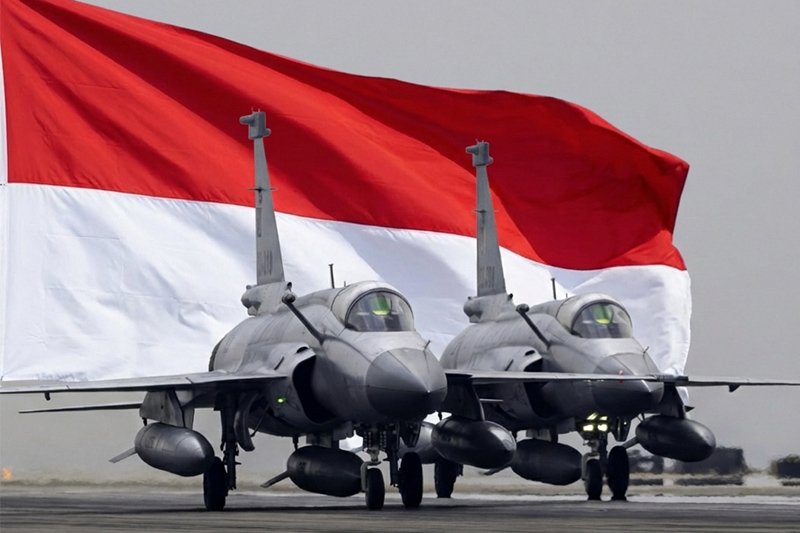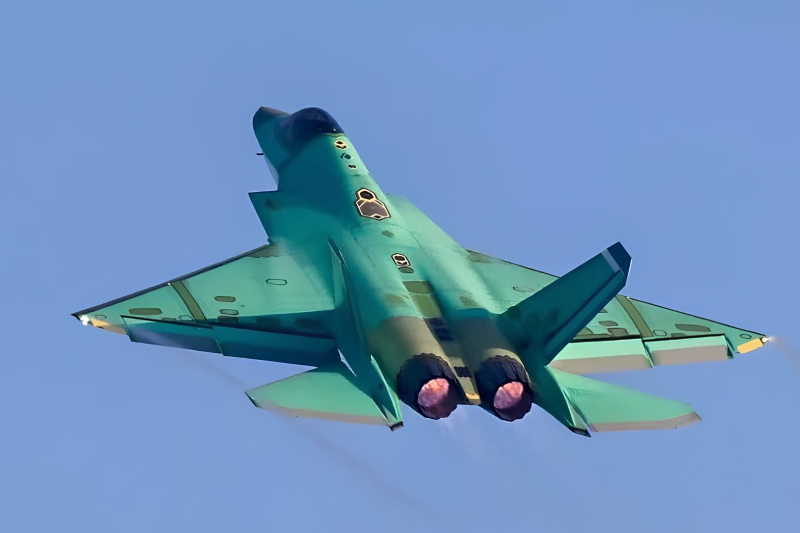THAAD Antimissile System Being Deployed For Israel
The United States has announced the deployment of its advanced Terminal High Altitude Area Defense (THAAD) system to Israel, marking a significant boost to Israel’s air defense capabilities. This article explores the THAAD system, its capabilities, and the implications of its deployment to Israel.
What is the THAAD System?
THAAD is an advanced missile defense system designed to intercept short, medium, and intermediate-range ballistic missiles. Developed by Lockheed Martin, THAAD uses a combination of radar and interceptors to neutralize threats both inside and outside Earth’s atmosphere during their final stage of flight.
Key Features of THAAD
- Range: 150 to 200 km (93 to 124 miles)
- Intercept capability: Both endo- and exo-atmospheric
- Non-explosive warhead: Uses kinetic energy for interception
- Cost: $1 billion to $1.8 billion per battery
How Does THAAD Work?
A typical THAAD battery consists of:
- 95 soldiers
- 6 truck-mounted launchers
- 48 interceptors (8 per launcher)
- 1 radar system
- Fire control and communications component
THAAD interceptors use kinetic energy rather than explosives to neutralize incoming missiles. This allows them to reach high altitudes quickly and effectively destroy their targets.
THAAD vs. Current Israeli Air Defense Systems
Israel currently employs three main air defense systems:
- Iron Dome: Short-range (4-70 km)
- David’s Sling: Medium-range (40-300 km)
- Arrow System: Long-range (up to 2,400 km)
The addition of THAAD complements these existing systems, particularly enhancing protection against high-altitude threats and providing extended-range interception capabilities.
Why is the US Deploying THAAD to Israel Now?
The deployment comes in response to recent developments in the region:
- Iran’s October 1 attack on Israel, involving nearly 200 missiles
- Use of potentially new missile technology, including claimed Fattah hypersonic ballistic missiles
- US desire to test THAAD against new threat types
US Defense Secretary Lloyd Austin stated that this deployment “underscores the United States’ ironclad commitment to the defense of Israel.”
Also read this: Iran’s 4000km Range ‘Kamikaze’ Drone: Strategic Game Changer
US Military Personnel Accompanying THAAD
The deployment includes a contingent of US soldiers due to:
- System complexity requiring 94 trained operators
- Lack of time to train Israeli forces
- Need for immediate operational capability
These US forces may return home if Iran launches an attack on Israel.
Future THAAD Deployments to Israel
Additional THAAD batteries for Israel are unlikely due to:
- Wide coverage area of a single battery
- Israel’s relatively small size
- Limited US THAAD resources
- Complex and time-consuming manufacturing process
However, replenishing interceptor missiles is a simpler process.
Limitations of THAAD
While highly effective against ballistic missiles, THAAD has limitations:
- Not designed to intercept smaller, low-altitude threats like drones
- Ineffective against weapons used by groups such as Hamas and Yemen’s Houthis
The deployment of the THAAD system to Israel represents a significant enhancement of the country’s air defense capabilities. As regional tensions continue to evolve, this advanced antimissile system could play a crucial role in maintaining stability and deterring potential threats. The international community will be watching closely to see how this deployment impacts the strategic balance in the Middle East.
Keep connected with us at Facebook, Twitter, YouTube, Instagram & TikTok for latest defense happening around the globe.
Discover more from International Defence Analysis
Subscribe to get the latest posts sent to your email.












